Contents[hide]
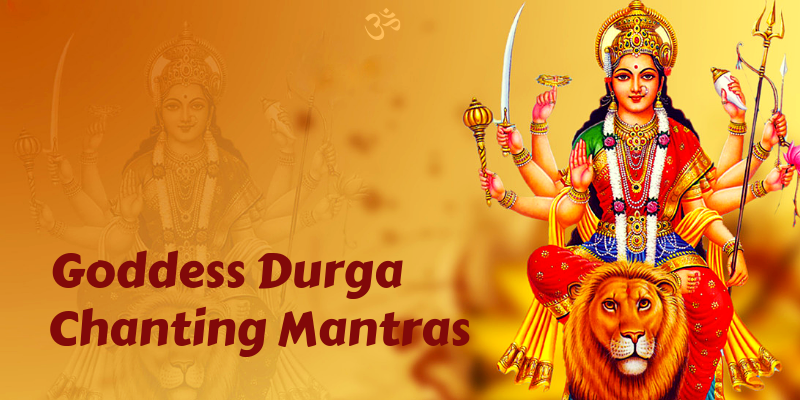
Chaitra Navratri 2020 this year celebrated from March 25, 2020, to April 2, 2020, while Sharad Navratri dates are as follows:Each day in Navratri signifies a different meaning and so is true for the colors. If you’re someone who loves wearing auspicious colors, this checklist might help you: Day 1: Orange (signifies energy and happiness) The first day of Navaratri is dedicated to Goddess Shailputri – the daughter of mountains. She was born after Goddess Sati immolated herself. Orange is her colour. It represents boldness, confidence, and optimism. It offers emotional strength and the ability to bounce back from setbacks. It also represents gut instincts and spontaneity. Worshipping orange stimulates the individual physically and emotionally and bestows a positive outlook on life. Day 2: White (symbol of purity, peace, and meditation) On the second day, Goddess Brahmacharini is worshipped. She represents tapas and spiritual knowledge. She is adorned in white. White represents purity, perfection. It is the perfect balance of colours, implying fairness, impartiality, and neutrality. White also represents readiness to receive knowledge. Worshipping white will help to cleanse the spirit and purify thoughts, emotions, and refresh and strengthen the entire energy system. Get your In-Depth Horoscope and Find your future Day 3: Red (signifies beauty and fearlessness) Goddess Chandraghanta is worshipped during the third day of Navarathri. She is the female version of Lord Shiva. She is represented by the colour red. It means physicality, strength, and masculinity. Red inspires leadership, action, and determination. It stimulates passion and aggression, which reflects the warrior energy of the Goddess. Worshipping red will bestow sexual energy, will to succeed, and courage to defy odds upon the individual. Day 4: Royal Blue (good for health and wealth) On the fourth day of Navaratri Goddess Kushmanda is worshipped. She is adorned in royal blue colour during worship. It represents warmth, safety, and security. It is the colour of devotion and spirituality. Worshipping blue means worshipping the virtues of giving, helping, and being ethical. It creates in the individual a sense of calmness, relaxation, and order. He/she is inspired to act honestly, and strengthen bonds within the family. Day 5: Yellow (stands for happiness and brightness) On the fifth Navaratri day, goddess Skandamata is worshipped. She is the mother of Skanda or Lord Karthikeya and is adorned in yellow. She ensures peace, prosperity, and happiness. The colour yellow represents logic and practical intelligence. It offers hope, cheerfulness, and fun. It inspires enthusiasm, new ideas, and unbiased thinking. Worshipping yellow gives the individual clarity of thought and the ability to make shrewd decisions. Get your In-Depth Horoscope and Find your future Day 6: Green (signifies new beginnings and growth) Goddess Katyayani is worshipped on the sixth day of Navaratri. She ensures harmony and peace in life and is adorned in green. It represents fertility and growth. It generates positive emotions and inspires good deeds. Worshipping green helps the individual to be mentally calm and optimistic. The individual gains a sense of compassion and will tend to show affection towards nature and fellow beings. It also helps with marriage and giving birth. Day 7: Grey (stands for the strength of transformation in an individual) The seventh day of Navaratri is devoted to Goddess Kalaratri. She is known for eradicating ignorance. She adorns the colour grey. It represents responsibility and maturity. It is detached, unemotional, neutral, and impartial. Grey is never glamorous. Worshipping grey helps the individual to view problems objectively and come up with fitting solutions. The individual can attain stability with emotions and be a pillar of support to close ones. Day 8: Purple (it signifies the power of intellect and peace) Goddess Mahagauri is worshipped on the eighth day of Navaratri. It is considered that worshipping her will make the heart clean and the devotee pious. She adorns purple. It stimulates imagination and spirituality. Worshipping purple will help the individual gain new insights about themself. It helps to horn psychic abilities against daily mundanity. It will also help with meditation and develop confidence in the individual. Get your In-Depth Horoscope and Find your future Day 9: Peacock Green (it’s believed to fulfill the desires of all devotees) On the final day of Navaratri, Goddess Siddhidatri is worshipped. She grants knowledge of the highest kind. She flaunts the color peacock green. Worshipping peacock green will help with the balance of mind. It helps the individual attain humility and politeness. It radiates the energy of nature and the individual can make more sense of what is going on around the world. It will help the decision-making capacity of the individual. Wear these Navratri colors as per the day and seek the blessings of Maa Durga to keep your family and loved ones safe and secure. Find the impacts of Rahu Ketu transit in your lifeOctober 17, 2020 (Saturday)
To
October 25, 2020 (Sunday)
9 Avatars of Maa Durga & Significance of Each Day
Goddess Durga is worshipped in 9 different forms (avatars) during the Navratri celebration. Each day represents a different incarnation of Maa Durga and worships her nine avatars (Navdurga).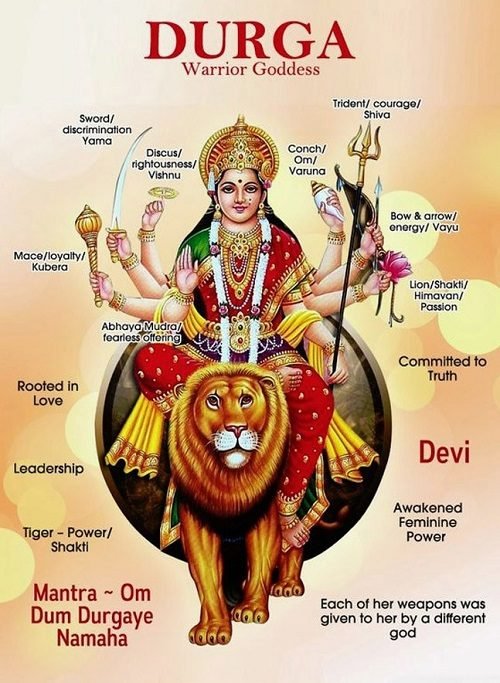
 Free 60-page personalized horoscope to know more about your life aspects
Free 60-page personalized horoscope to know more about your life aspects
Different parts of India celebrate Navratri as per their customs and traditions. A quick peek into some of the major forms:
- West Bengal celebrates Navaratri in form of Durga Puja which happens to be their biggest festival Thousands of pandals (temporary stages) are set up across the zone and the celebration marks the battle of Goddess Durga with Mahishasura and her emerging victorious.
- North Indians celebrate the festival by worshipping Lord Rama and his victory over Ravana. Different Ram-Leela acts are performed across the states enacting phases of Ramayana and is commonly observed in Vrindavan, Varanasi, Ayodhya, and other cities. On the 10th Day (Vijayadashami), statues of Ravana, Kumbhkarna, and Meghanada are lit to celebrate the victory of good over evil.
- Gujarat is another state where the Navratri festival is celebrated with great enthusiasm. Gujarati’s fast for 9-days and perform Navratri puja followed by a cultural program aka Garba (a form of Dandiya dance) at night with their loved ones.
- In the Southern regions, Karnataka state celebrates Navratri by lighting up the Hindu temples and other cultural sites. Locally, the festival is called “Dasara” and is known to be the state festival (Nadahabba) of Karnataka. Mysuru Dasara is one popular form among the many festivities.
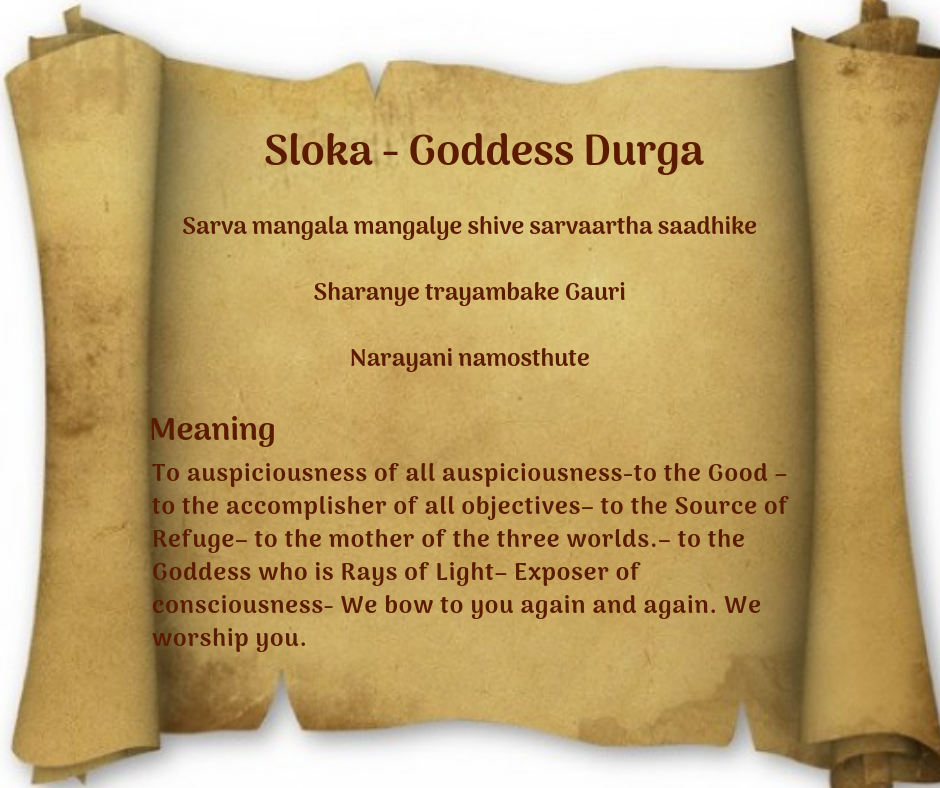

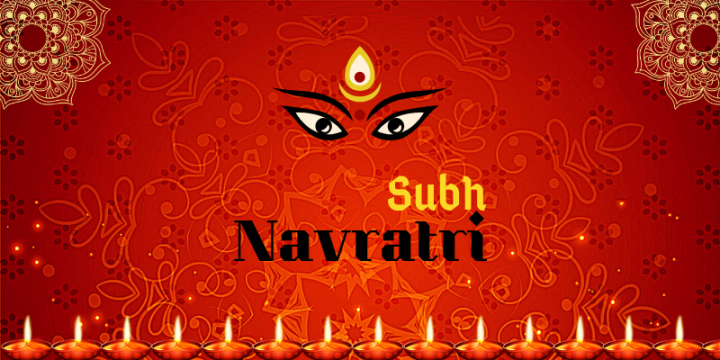

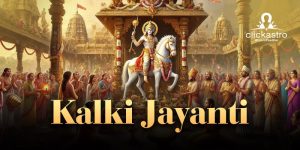
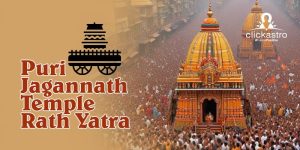


Thanxx for sharing this Post…Keep it up…
Such an awesome article !!! Here it is well discussed and helpful to know about that clearly. Thanks for sharing it.
Ekadashi has such great glory, yet I do not understand why people take it lightly